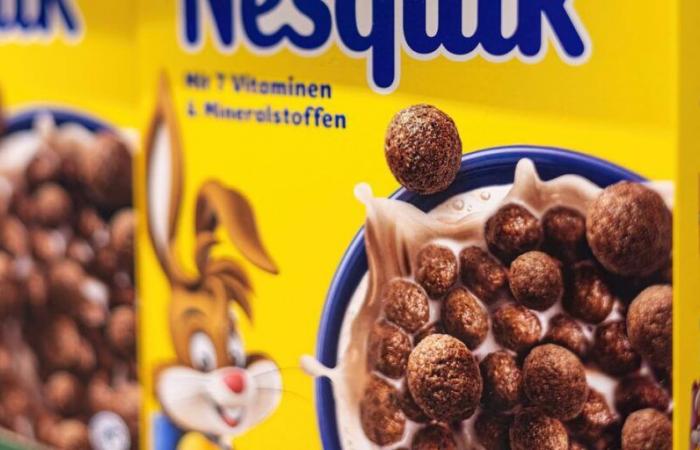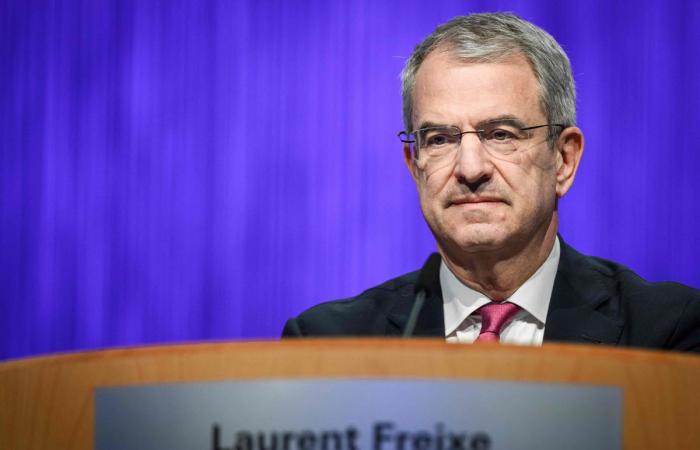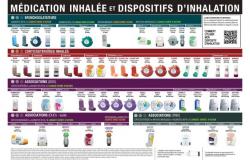ThoseFood and nutrition –Why the Nesquik rabbit is authorized in Switzerland, but prohibited in Mexico
Nestlé wants her products to appeal to the majority of consumers around the world. But it must also adapt to different regulations, due in particular to obesity. Explanations.
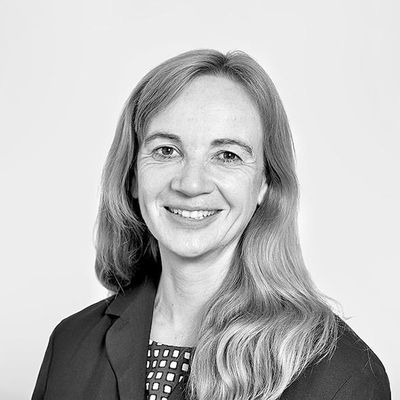
Posted today at 8:02 a.m.
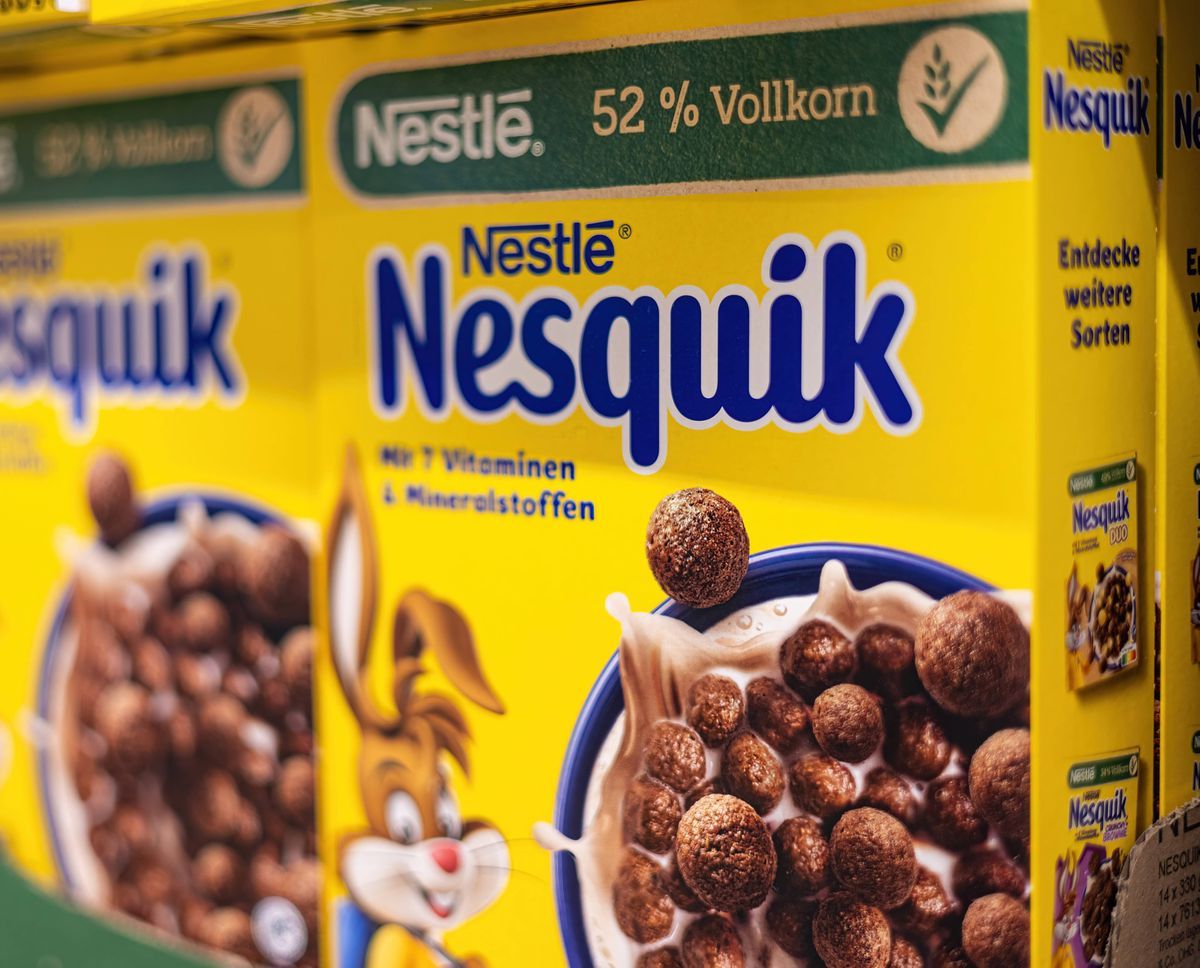
In Switzerland as in Germany, the pack of Nesquik flakes displays the rabbit with vitamins and complete wheat.
Imago/Zonar
Subscribe now and take advantage of the audio reading function.
- Nestlé’s muesli Nesquik contains much more sugar in Italy than in Switzerland.
- The group guides its strategy according to taste preferences. The sweet taste of products plays a central role.
- Nesquik Mexican packaging is warning due to their high sugar content.
- The Swiss government aims to reduce sugar to 12.8 grams. With its current 22 grams, Nesquik is still much above the lens.
On the bright yellow packaging, a rabbit with a cartoon smiles with all his teeth. In the package, Nesquik flakes have almost the same aspect in Switzerland as in Italy. On the other hand, their sugar content differs widely: in Switzerland, as in Germany and Austria, Nestlé chocolate balls have 22.1 grams of sugar per 100 grams, against 25.08 in Italy.
This same difference concerns other Nestlé products, such as the Easter rabbit After-Eight. How to explain it?
At least 60% of consumers must prefer the Nestlé product
In office since September 2024, the Director general of the Multinational Veveysanne, Laurent Freixe, is focusing on the 60/40 +rule. Clearly: during a blind test, at least 60% of the testers must find the Nestlé product better than that of competition. The product must also present a high global nutritional value, in particular thanks to the addition of healthy additives such as vitamins.
Sugar plays an important role, most consumers preferring sweet products.
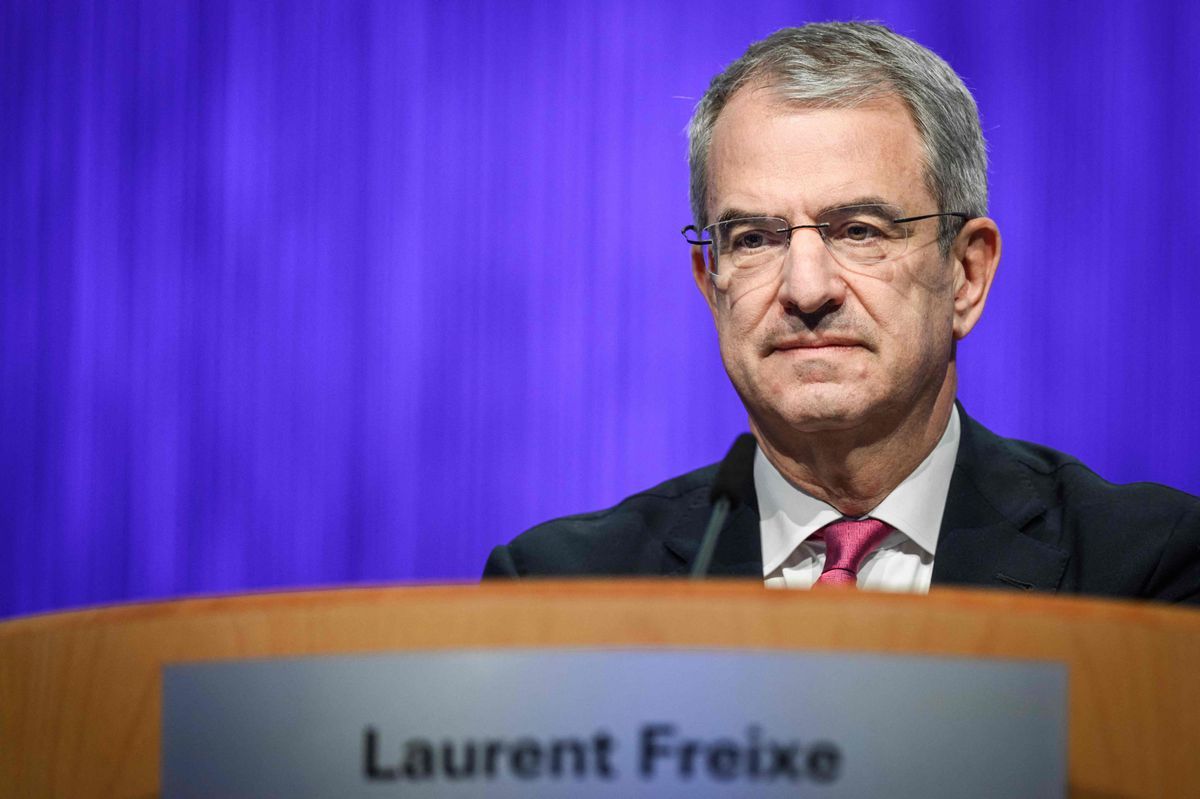
The boss of Nestlé, Laurent Freixe, on April 16, 2025 at Scéblens. It relies on the 60/40 +formula: at least 60% of the testers must prefer the Nestlé product to the competition.
Gabriel Uncle / AFP
The problem for the multinational: in view of the increase in obesity within their population, several countries have limited the sugar content of food. Laurent Freixe claims to want to improve the taste of its healthier products, but that will only work if competition follows the movement.
“If Nestlé’s objectives fail, consumers will turn to products with a usual sweet taste,” observes Michael Siegrist, from the Zurich Polytechnic School (EPFZ). This teacher specializing in consumer behavior has previously worked in an association of food producers and therefore knows their market constraints. The multinational, for its part, does not want to comment more.
Inflation pushes Nestlé to review its declining objectives
last year, the group had to review twice its downward sales objectives. In particular in the United States, one of its most important markets, consumers are rather turning to cheaper products due to inflation.
This year again, the price question is central. The threat of the increase in customs duties does not impact the group, because it produces almost everything itself, with the exception of the Nespresso capsules. On the other hand, the American budget should be even tighter than in 2024.
A commitment to reduce sugar by 15% in cereals
The emphasis is also put on taste. Present in 185 countries, Nestlé does not only target people with significant purchasing power, but also the world mass market. In other words: in addition to trendy vegans who earn their lives well, the Swiss oak liner is also interested in consumers for which the composition of products is not very compared to the price and taste. Cereals must seduce their taste buds, even with less sugar.
In Switzerland, under pressure from the Federal Department of the Interior, the major manufacturers of food products committed, in 2019, to reduce sugar in breakfast cereals by 15% by the end of 2024.
Nestlé therefore puts less sugar in the Nesquik flakes produced with its partner General Mills. In Italy, where the government does not pressure for a sectoral agreement, the cereals of Nestlé – as well as those of competition – therefore remain more sweet.
General Manager Laurent Freixe, who joined Nestlé almost 40 years ago, knows that his products should not only please the Swiss or new Yorkers concerned about their health, but also to the favelas of Brazil and other disadvantaged districts of the planet. “In the countries of the South, the fruits are more sweet, which is why the expected value of the food produced is also different,” notes Michael Siegrist of the EPFZ.
-This is also affected on foods intended for toddlers, for which Nestlé standards differ depending on the country. The multinational does not add sugar in the porridge of cereals intended for babies of more than six months in Switzerland, but the fact in countries like Senegal or South Africa.
The same goes for the following milk from the Nido brand, as analyzed by the NGO Public Eye In collaboration with the International Baby Food Action Network (International Action Network for Infant Food). Last year, their survey denounced a “double standard in sugar” in two of the food brands for babies – Cerelac and Nido – in low -income countries as well as a commercial practice “contrary to ethics and unfair».
Until the end of last year, Nestlé removed the sugar from its following milk (intended for babies over six months) worldwide, but not refined sugar, honey or fructose. “So that children can take advantage of the nutrients contained in products, it is important that the taste is accepted by consumers,” said a spokesperson. In summary, according to the group’s logic, vitamins and other additives justify adding sugar.
Mexico banned the laughing rabbit of Nesquik
In view of the 60/40 +system, it is all the more surprising since Nesquik in Mexico – one of the main growth markets of the group in Latin America – contains almost ten grams of sugar less than in Switzerland, 15.14 grams. The reason: obesity is such in the country that the government has taken drastic measures.
Products that exceed the target sugar value are not allowed to address children through advertising. Exit therefore the laughing rabbit on the packaging. In addition, the sugar content is still too high; The Mexican box is therefore adorned with two warnings: “Too much sugar” and “too many calories”.
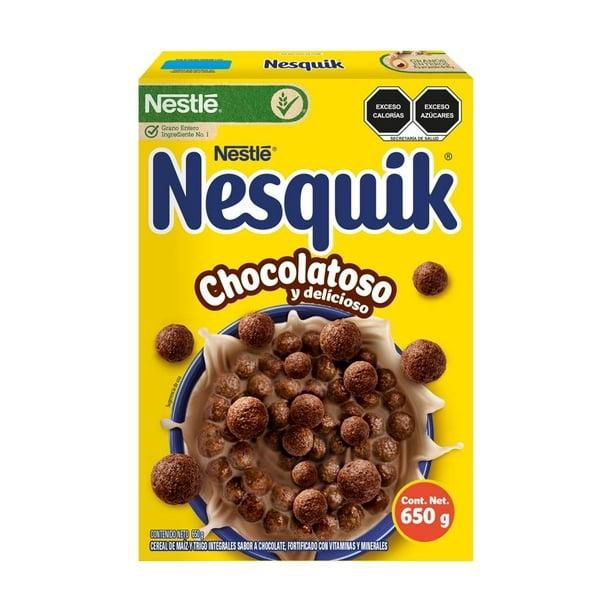
In Mexico, the packaging of the Nesquik flakes does not stop rabbit, but two black warning labels.
Walmart Mexico/DR
In 40 years, 41% less sugar at Nesquik
The question of sugar relevant. Confederation wants to control sugar reduction at Nestlé as at other manufacturers and set new objectives. With its current 22 grams, Nesquik is still much above the final lens of 12.8 grams.
Weaning is a slow process. “You have to thwart the consumers’ taste by eliminating the sugar little by little,” notes Professor Michael Siegrist. It took almost 20 years in Nestlé to reduce the sugar content of Nesquik breakfasts by 41%.
Other solutions exist. Thus, the small Swiss mineral source Eptinger dared to decrease suddenly, by 40%, the proportion of sugar in its lemonade Nugget At the grapefruit. “As long as to do, you might as well do it,” said Department, Damaris Buchenhorner.
The change follows the decision of the Confederation, in consultation with the manufacturers, to limit the sugar of refreshing drinks in 2023. The government did not ask for so much: it only targeted 10% less.
Almost two years later, the Eptinger group still receives letters of complaints from customers who complain about the drop in proportion of sugar. The turnover has dropped, but less than expected, welcomes the director: “This change has allowed us to target a younger group.”
Translated from German by Simone Honegger
“Latest news”Do you want to stay at the top of the info? “24 Hours” offers you two meetings per day, directly in your email box. To not miss anything of what is happening in your canton, Switzerland or in the world.
Other newslettersConnect
Isabel Strassheim has been an economic journalist at Tamedia since 2019. From Basel, it mainly covers the Pharma and Chemistry sectors.More info
Did you find an error? Please report it to us.
0 comments

